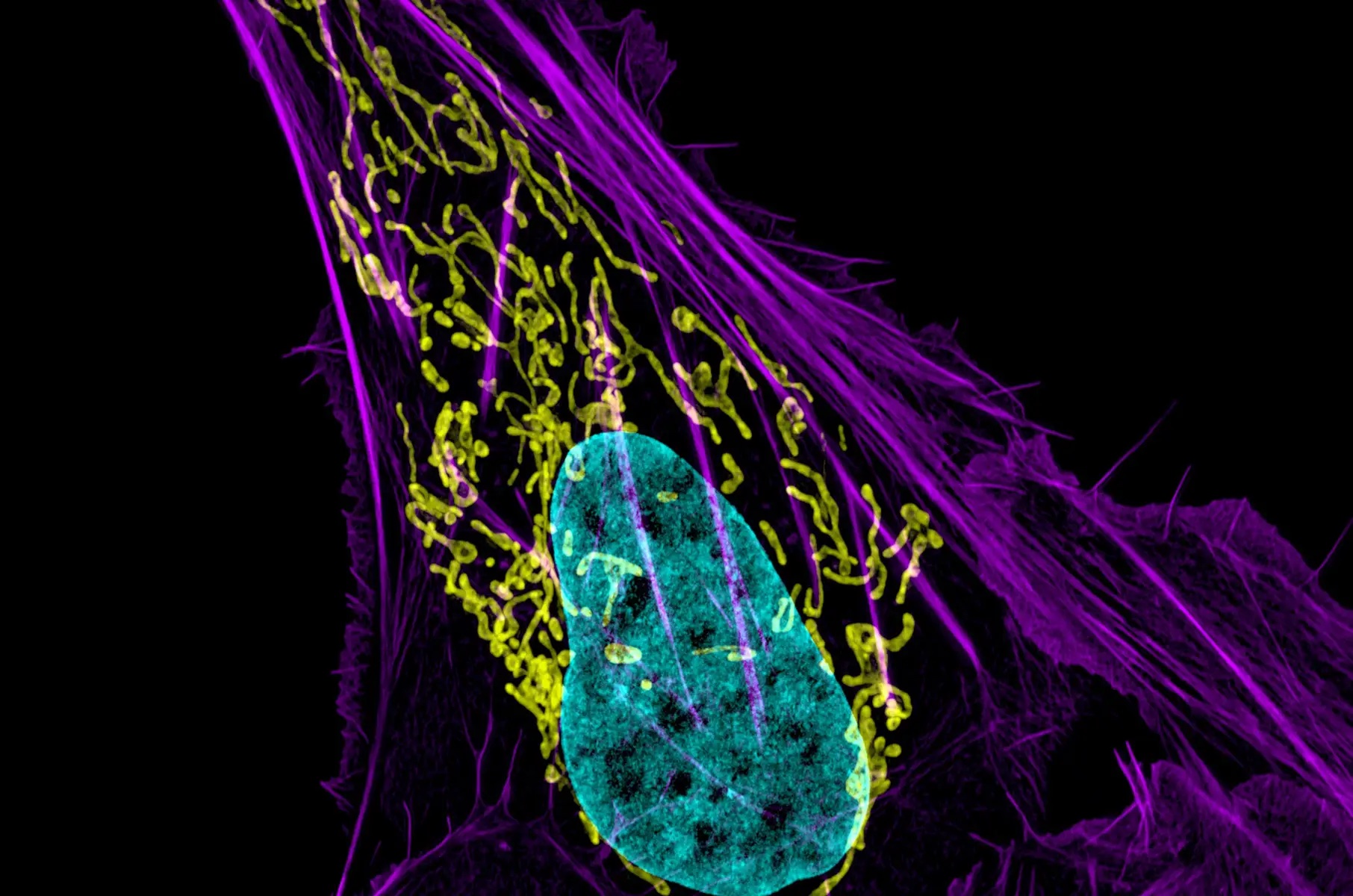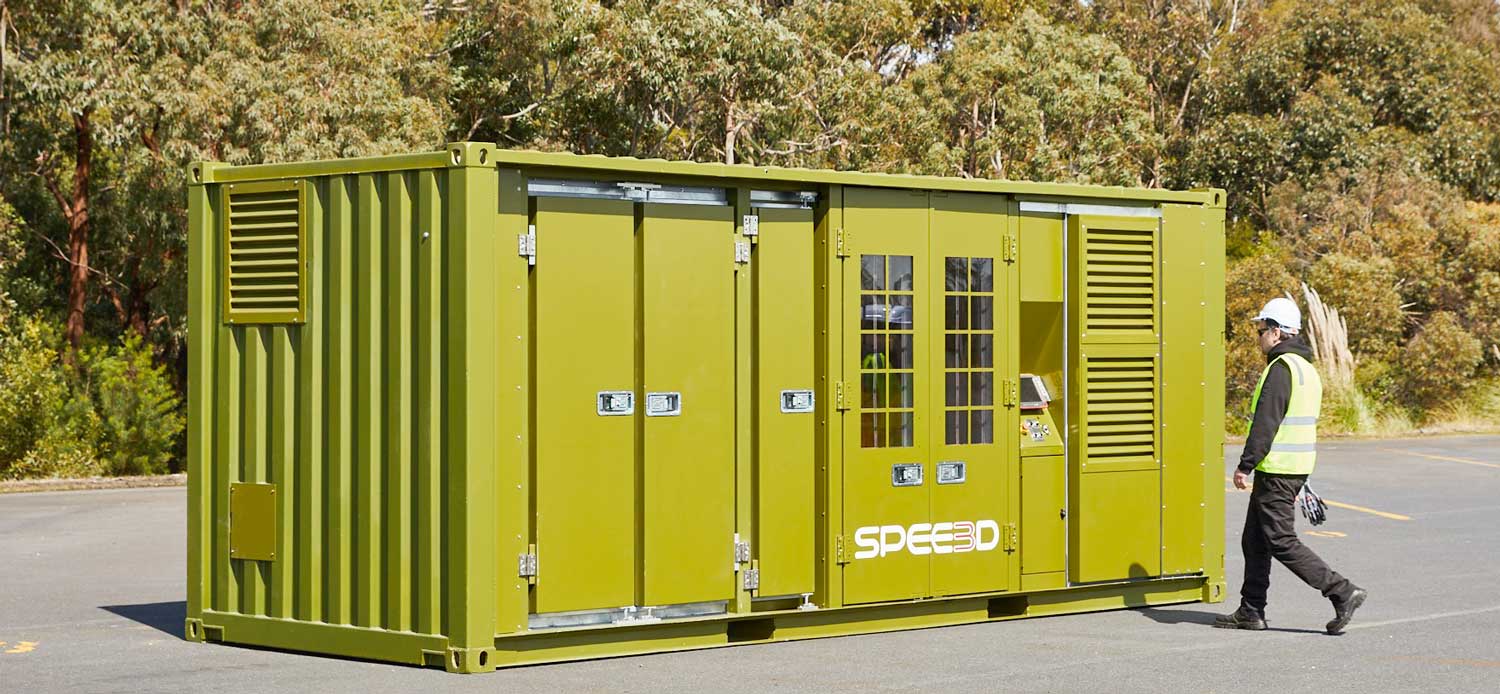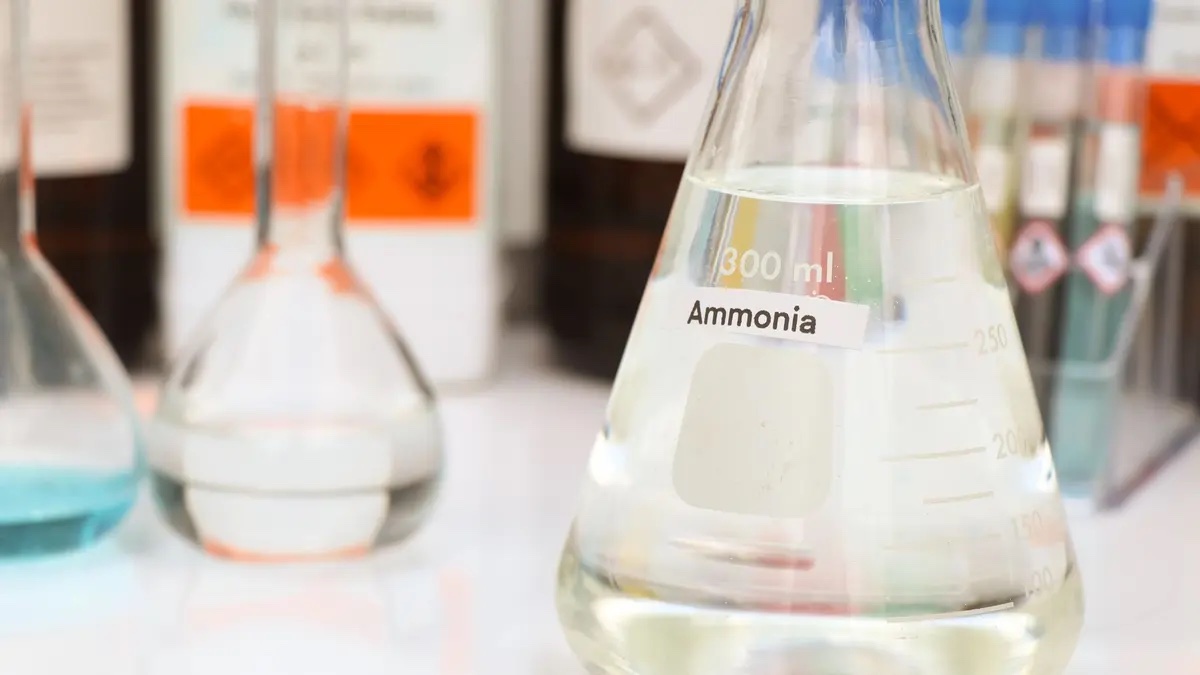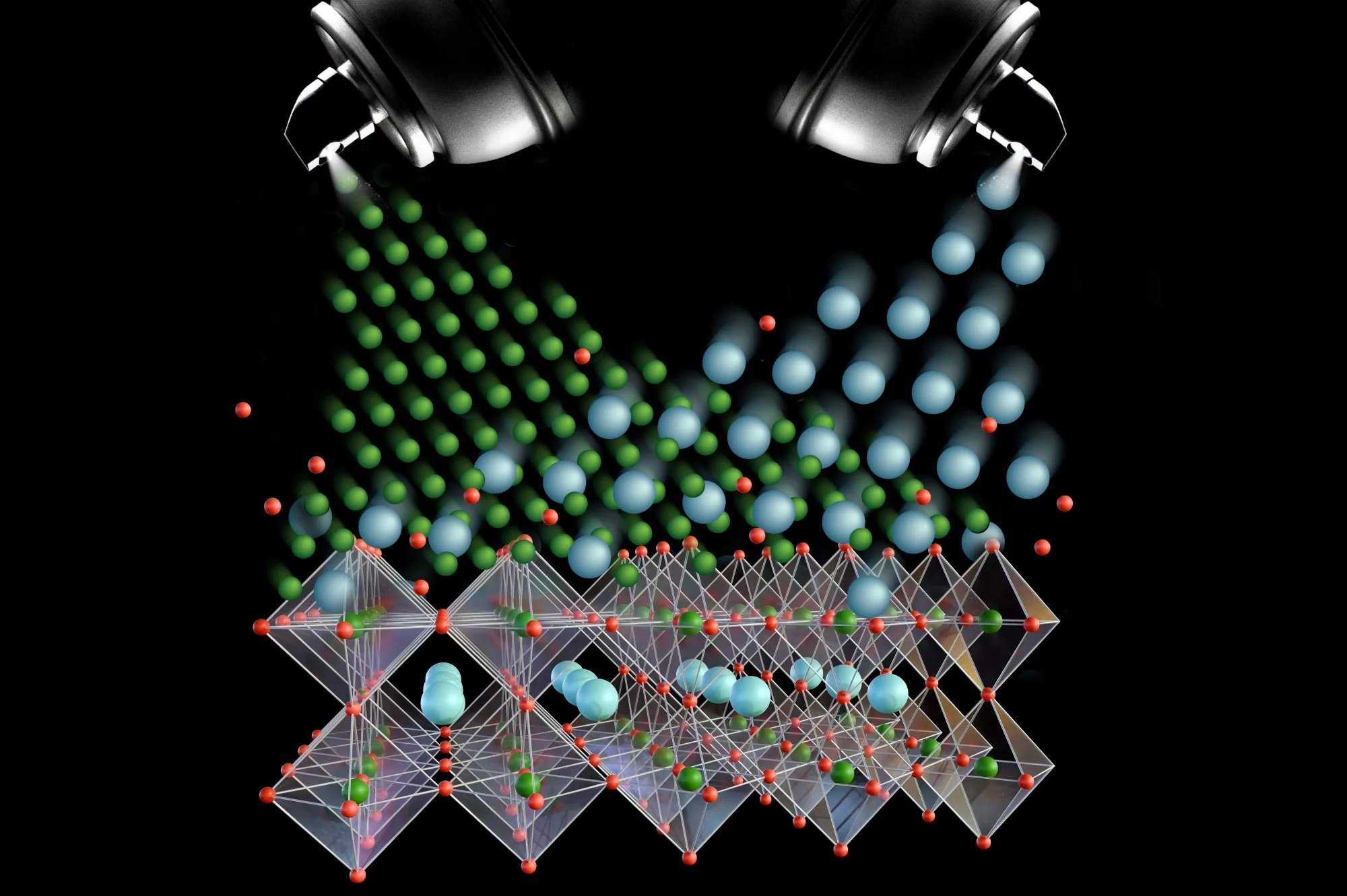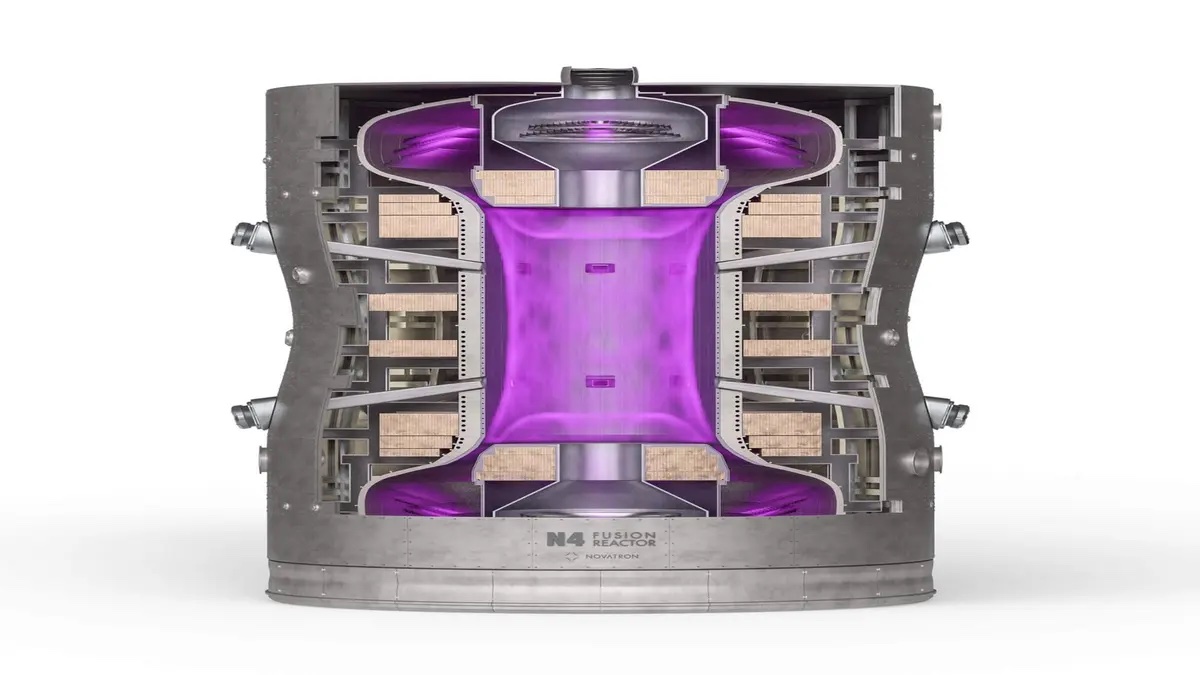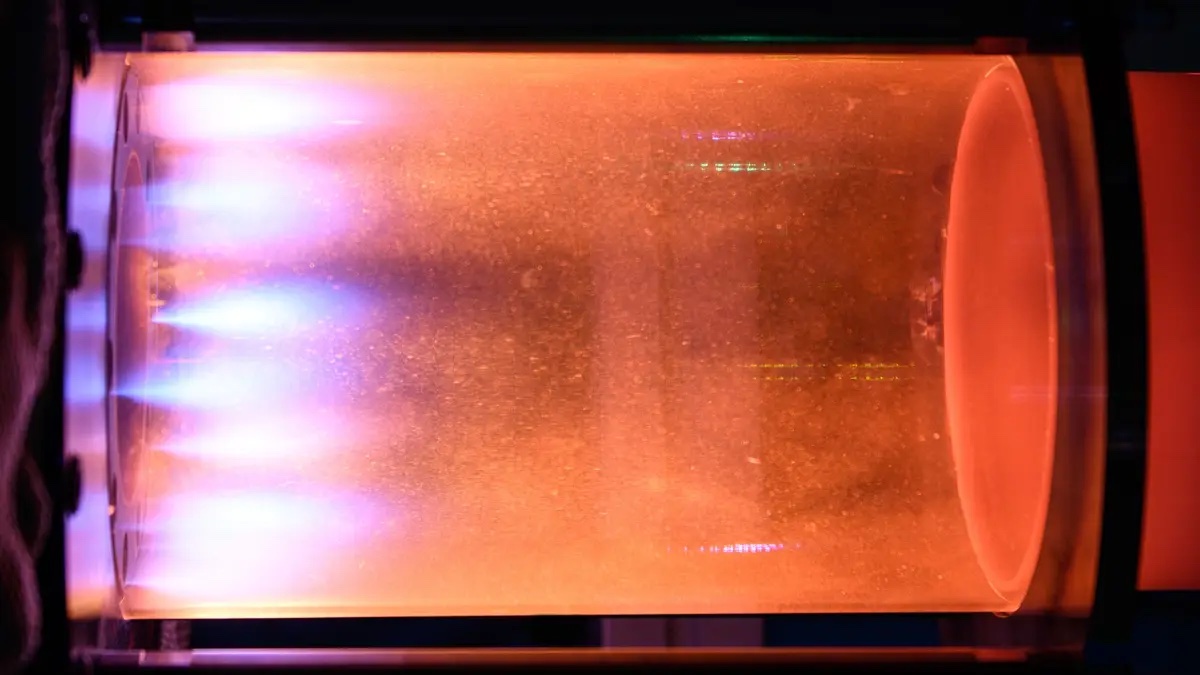Mitochondria, the powerhouse of the cell, are critical in regulating cellular functions such as growth, survival, and energy production. Due to their central role in cancer cell metabolism, these organelles have become key targets for innovative cancer therapies. Mitochondrial genetics and metabolism contribute significantly to cancer progression, influencing processes like cell motility, invasion, and the tumor microenvironment. Despite these promising insights, the development of therapies targeting mitochondria has faced significant hurdles.
Current mitochondrial-targeted treatments, such as mitocans and mitochondriotoxics, focus on disrupting key signaling pathways and proteins involved in cellular energy processes, including hexokinase and Bcl2 family proteins. However, the presence of mutations in cancer cells limits the long-term effectiveness of these therapies, making it difficult to achieve sustained clinical success. A promising advancement in the field is mitochondrial optogenetics (mOpto), a technique that introduces light-gated channelrhodopsins into mitochondria, enabling controlled depolarization of the mitochondrial membrane potential (∆Ψm) and subsequent cell death. While this technology showed promise, its reliance on external light sources restricts its application to surface-level tumors.
Continue reading… “Advances in Mitochondrial-Based Cancer Therapy: The Promise of mLumiOpto Technology”
